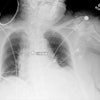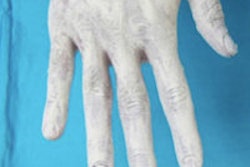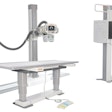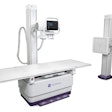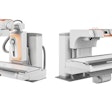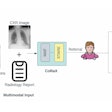Dear Digital X-Ray Insider,
When it comes to discussing advanced digital radiography (DR) techniques, digital tomosynthesis has been dominating the conversation of late. But what if you paired tomosynthesis with another advanced digital x-ray tool, dual-energy subtraction?
Japanese researchers decided to ask that question in a new study we're featuring as this edition's Insider Exclusive. The article explains how a research group compared energy subtraction on a tomosynthesis-equipped DR system with energy subtraction on a standard DR unit, assessing the ability of each technique to detect pulmonary nodules.
The researchers found that the tomosynthesis dual-energy protocol significantly outperformed the conventional DR unit with energy subtraction. Click here to find out by how much, in an article you can access before the rest of the AuntMinnie.com membership.
When you've finished reading that story, make sure you check out our article on how Canadian researchers have largely disproved a recent theory that narrowing of the cerebrospinal veins contributes to multiple sclerosis (MS). The researchers performed angiography of the jugular and azygous veins, and they compared the rates of venous narrowing among subjects with and without MS. Find out what happened next by clicking here.
In other news in the Digital X-Ray Community, researchers from Indiana University discovered that comfort pads used to snuggle infants in the neonatal intensive care nursery could actually be causing attenuation of x-ray beams in portable radiography studies. This, in turn, could prompt technologists to crank up the x-ray parameters to get better images -- resulting in additional radiation for these most sensitive of patients. Learn more by clicking here.
Finally, find out what's driving optimistic predictions for the health of the global x-ray market by clicking here.


